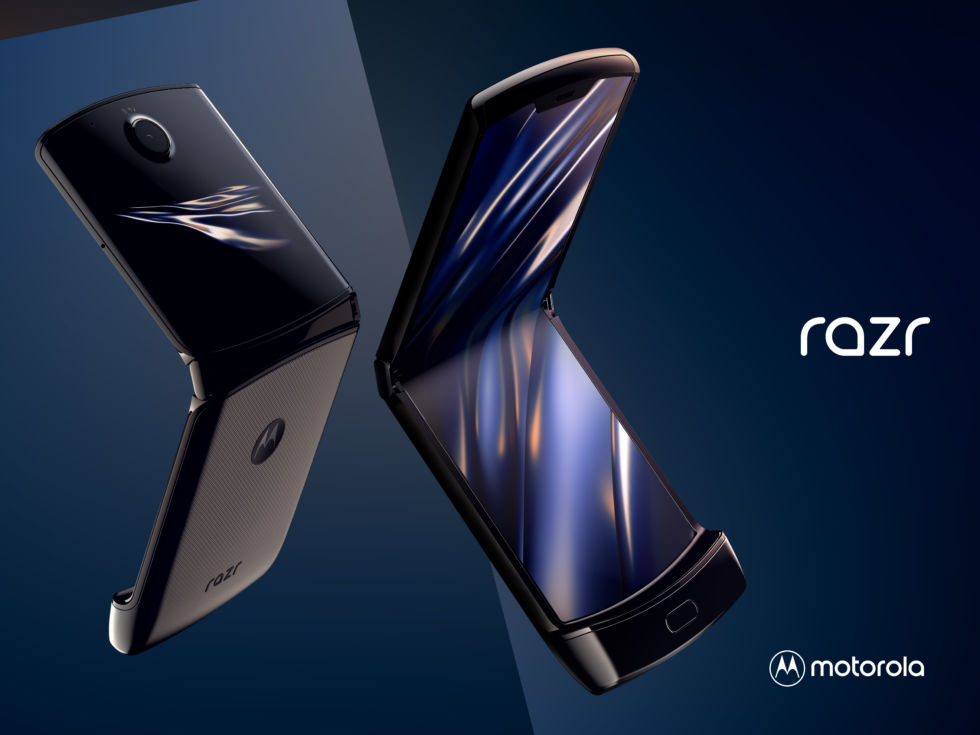Moto Razr 2019 is official: A foldable smartphone with no display crease

The new Moto Razr. [credit: Motorola ]
It's Moto Razr day today. The phone stopped by the FCC earlier in the day, and after sending out an event invite for November 13, Motorola just barely made it in time, with an official announcement at 11pm ET. The rumors were true: the Moto Razr is a reboot of one of the most iconic flip phones of all time, updated for 2019. Instead of a tiny screen and a physical keypad on the inside, you get a giant folding OLED display that puts the new Moto Razr in the same category as other futuristic foldables like the Samsung Galaxy Fold and Huawei Mate X. The price is also in the same stratosphere as those super-expensive devices: the new Razr is $1,500. It's also a Verizon exclusive in the US.
The hinge design of the Moto Razr is probably the most interesting thing about it. The best Samsung can currently do in the foldables space is the Galaxy Fold, which, thanks to folding the display nearly completely flat, develops a permanent crease in the display after the first fold. Motorola's display doesn't fold completely flat though-there is a large void space around the display hinge, so when the phone folds in half, the display has room to move around. Since it's not being sandwiched between two solid plates, the display collapses into a gentle curve instead of a hard crease. Imagine bending a piece of paper in half just by pinching the top and bottom together versus pressing the fold into a crease.
Motorola described how a hinge like this could work in a 2018 patent. Instead of having the hinge mechanism behind the display, like on the Galaxy Fold, Motorola has the hinge on the left and right side of the display, giving the display room to sink into the phone body and bend into a gentle curve. For support Motorola says the hinge "includes moveable support plates that rigidly support the display when the phone is open, but collapse out of the way when the phone is closed." These two design elements allow the phone to have a "zero gap" hinge while also not smashing the display into a crease.
Read 13 remaining paragraphs | Comments